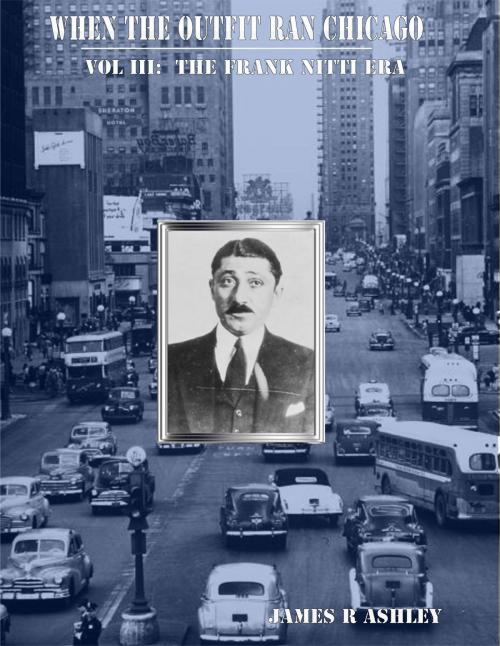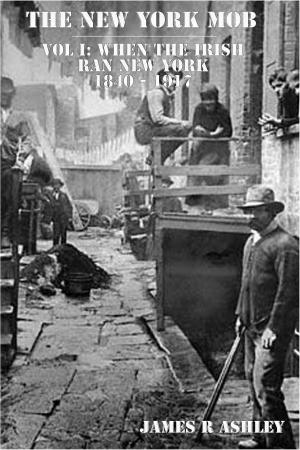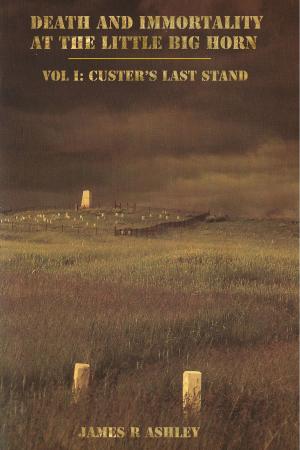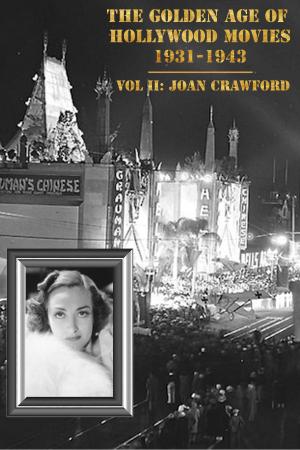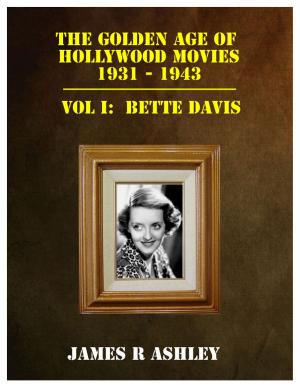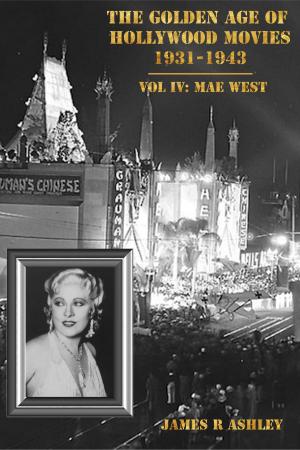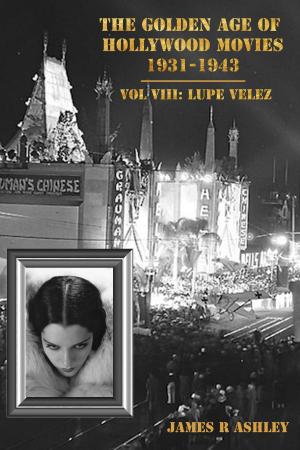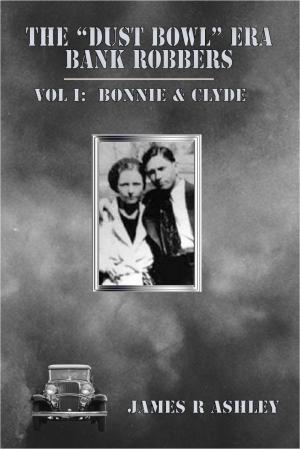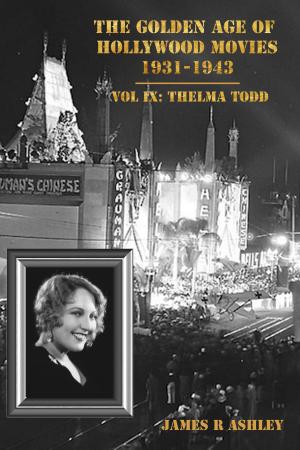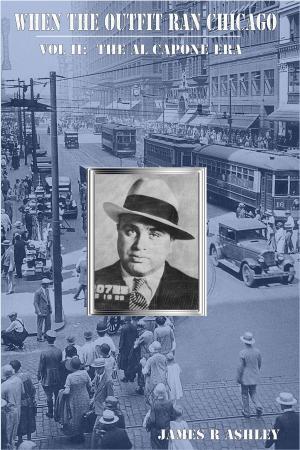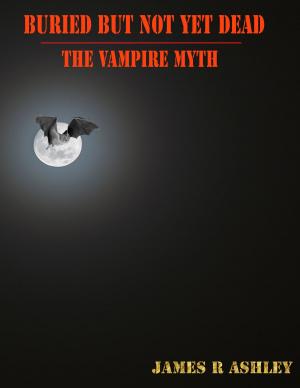| Author: | James R Ashley | ISBN: | 9781301494507 |
| Publisher: | James R Ashley | Publication: | August 1, 2013 |
| Imprint: | Smashwords Edition | Language: | English |
| Author: | James R Ashley |
| ISBN: | 9781301494507 |
| Publisher: | James R Ashley |
| Publication: | August 1, 2013 |
| Imprint: | Smashwords Edition |
| Language: | English |
Al Capone had delayed the start of his imprisonment by over a year with numerous appeals which his lawyers knew to have no merit. This was so that Frank Nitti, who was finishing up his prison sentence for income tax evasion, could be released and able to assume control of the Outfit. However, in many ways Nitti was little more than a figurehead, with Paul Ricca and Tony Accardo able to override his decisions at will. They made the strategy, leaving Nitti to be little more than the operations manager to run the Outfit on a day-to-day basis. Nitti's management style was far different than Capone's “keep your chin up” and "devil may care” attitude. He was primarily a “head's down” and “keep your nose clean” businessman and began to restructure the Outfit along the lines of a business. The Outfit’s expenses under Capone had expanded to dangerously high levels during the good times of Prohibition, when money was flooding in. With the end of Prohibition, however, and in a time of rapidly shrinking revenues during the Great Depression, the Outfit did not have the income to support such a massive payroll. Subsequently, Nitti moved to cut Capone’s organization in half, from 1,000 to 500 members. All the “cowboy” gunmen were eliminated, including Capone’s “American Boys” and Jack “Machinegun” McGurn. Nitti had no use for expensive gunman on the payroll; any “hits” were now contracted out to Detroit or New York at $3,000 each. Those dispensed with were either told to find their own way or got a bullet send-off. Several of Capone’s top gunmen were eliminated to prevent them from talking and their income-producing operations then reverted back to the Outfit.
Nitti then proceeded to restructure the Outfit's income base. Although Prohibition had ended, the Outfit remained involved with alcohol. This time the money was made on avoiding federal taxes and pushing legally produced alcohol through the bartenders unions. Nitti moved the Outfit out of prostitution and levied a death sentence against involvement in the drug trade. Nitti also moved deeper into union racketeering, gambling, and Hollywood movie studio extortions.
With big treasuries and continuous dues being paid, the unions were perfect for “skimming,” as were Las Vegas casinos with their millions of cash bets. The Outfit took over the Stardust casino but instead of concentrating on the “high-rollers” like the other casinos, focused on the “low-rollers.” It was a smart move, as the huge volume of small bets made them millions.
The extortion of the Hollywood movie studios, although an excellent idea, was badly set up and proved a disaster for Nitti. The Outfit’s leverage on the studios was their control of a number of movie-related unions and the threat of wildcat strikes against them. For a while everything went well, the studio’s treating their extortion as just another business expense. However, Willie Bioff and George Brown the two unstable point men Nitti had put in place to work the extortions soon drew unwanted attention to themselves by their extravagant life styles, and a subsequent investigation not only disclosed the extortions but substantiated Outfit control over a large number of entertainment unions. Then, in order to get reduced prison sentences, both Browne and Bioff turned informant.
Nitti was held accountable for a disaster which threatened to take down the entire top echelon of the Outfit. They were virtually all indicted, and Nitti was ordered by Ricca and Accardo to take the 'rap' for everyone, since he had been so careless in setting up the operation. Instead, Nitti committed suicide.
Al Capone had delayed the start of his imprisonment by over a year with numerous appeals which his lawyers knew to have no merit. This was so that Frank Nitti, who was finishing up his prison sentence for income tax evasion, could be released and able to assume control of the Outfit. However, in many ways Nitti was little more than a figurehead, with Paul Ricca and Tony Accardo able to override his decisions at will. They made the strategy, leaving Nitti to be little more than the operations manager to run the Outfit on a day-to-day basis. Nitti's management style was far different than Capone's “keep your chin up” and "devil may care” attitude. He was primarily a “head's down” and “keep your nose clean” businessman and began to restructure the Outfit along the lines of a business. The Outfit’s expenses under Capone had expanded to dangerously high levels during the good times of Prohibition, when money was flooding in. With the end of Prohibition, however, and in a time of rapidly shrinking revenues during the Great Depression, the Outfit did not have the income to support such a massive payroll. Subsequently, Nitti moved to cut Capone’s organization in half, from 1,000 to 500 members. All the “cowboy” gunmen were eliminated, including Capone’s “American Boys” and Jack “Machinegun” McGurn. Nitti had no use for expensive gunman on the payroll; any “hits” were now contracted out to Detroit or New York at $3,000 each. Those dispensed with were either told to find their own way or got a bullet send-off. Several of Capone’s top gunmen were eliminated to prevent them from talking and their income-producing operations then reverted back to the Outfit.
Nitti then proceeded to restructure the Outfit's income base. Although Prohibition had ended, the Outfit remained involved with alcohol. This time the money was made on avoiding federal taxes and pushing legally produced alcohol through the bartenders unions. Nitti moved the Outfit out of prostitution and levied a death sentence against involvement in the drug trade. Nitti also moved deeper into union racketeering, gambling, and Hollywood movie studio extortions.
With big treasuries and continuous dues being paid, the unions were perfect for “skimming,” as were Las Vegas casinos with their millions of cash bets. The Outfit took over the Stardust casino but instead of concentrating on the “high-rollers” like the other casinos, focused on the “low-rollers.” It was a smart move, as the huge volume of small bets made them millions.
The extortion of the Hollywood movie studios, although an excellent idea, was badly set up and proved a disaster for Nitti. The Outfit’s leverage on the studios was their control of a number of movie-related unions and the threat of wildcat strikes against them. For a while everything went well, the studio’s treating their extortion as just another business expense. However, Willie Bioff and George Brown the two unstable point men Nitti had put in place to work the extortions soon drew unwanted attention to themselves by their extravagant life styles, and a subsequent investigation not only disclosed the extortions but substantiated Outfit control over a large number of entertainment unions. Then, in order to get reduced prison sentences, both Browne and Bioff turned informant.
Nitti was held accountable for a disaster which threatened to take down the entire top echelon of the Outfit. They were virtually all indicted, and Nitti was ordered by Ricca and Accardo to take the 'rap' for everyone, since he had been so careless in setting up the operation. Instead, Nitti committed suicide.
